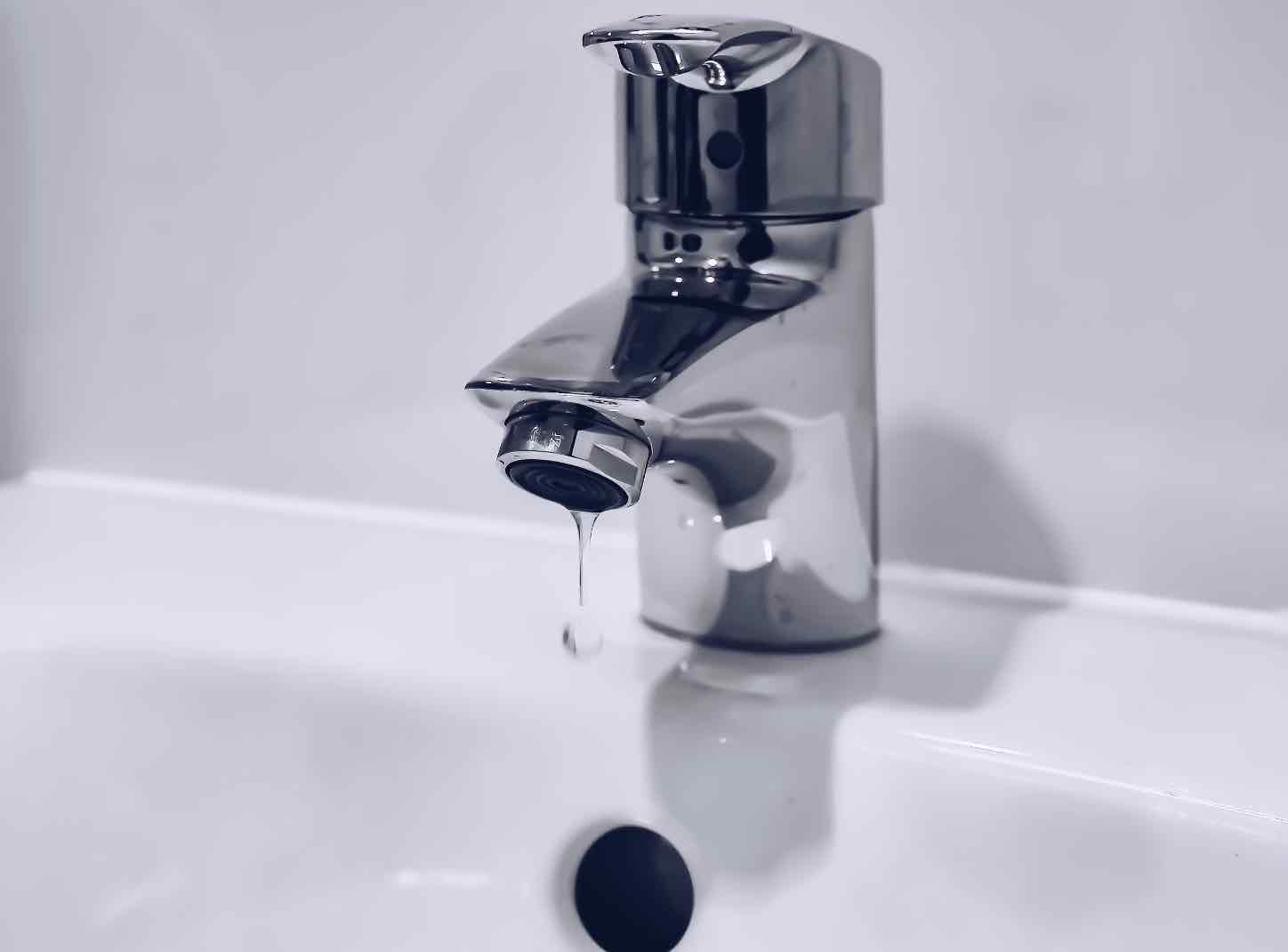
02 Jan Drip No More: A Comprehensive Guide to Fixing Leaky Faucet Handles
A leaky faucet handle can seem like a small issue, but it can lead to significant water waste, higher utility bills, and potential water damage and mold growth over time. Addressing this common household problem promptly can save you money and prevent larger issues. This blog will guide you through the steps of diagnosing and repairing a leaky faucet handle, along with tips on preventing future leaks and associated water damage and mold.
Understanding the Causes of a Leaky Faucet Handle
A leaky faucet handle can be attributed to several issues, including worn-out O-rings, corroded valve seats, improper installation, or deteriorated washers. Understanding the specific cause is key to effectively fixing the problem and preventing future leaks.
Step-by-Step Guide to Repairing a Leaky Faucet Handle
- Turn Off the Water Supply: Before starting any repair, ensure the water supply to the faucet is turned off.
- Disassemble the Faucet Handle: Carefully remove the faucet handle. This might require unscrewing or popping off a decorative cap and unscrewing the handle from the stem.
- Inspect Components: Once opened, inspect the O-ring, washer, and valve seat for any signs of damage or wear.
- Replace Damaged Parts: Replace any worn or damaged parts with new ones. Ensure the replacements are the correct size and fit.
- Reassemble and Test: After replacing the necessary parts, reassemble the faucet handle and turn the water supply back on. Test the handle for leaks.
Preventing Water Damage and Mold
- Regular Maintenance: Regularly inspect your faucets for signs of wear or leaks and address issues promptly.
- Quality Parts: Use high-quality replacement parts to ensure a longer-lasting repair.
- Proper Ventilation: Ensure areas around faucets are well-ventilated to prevent moisture buildup and mold growth.
- Immediate Cleanup: If a leak has caused water spillage, clean it up immediately to prevent water damage and mold.
Conclusion
Repairing a leaky faucet handle is a manageable DIY task that can prevent further issues like water damage and mold. By following the step-by-step guide and understanding the importance of regular maintenance, you can ensure your faucets remain functional and efficient. Remember, addressing leaks promptly not only saves water and prevents damage but also contributes to the overall longevity of your plumbing fixtures. So next time you hear a drip, don’t wait—fix it and protect your home from unnecessary damage.
